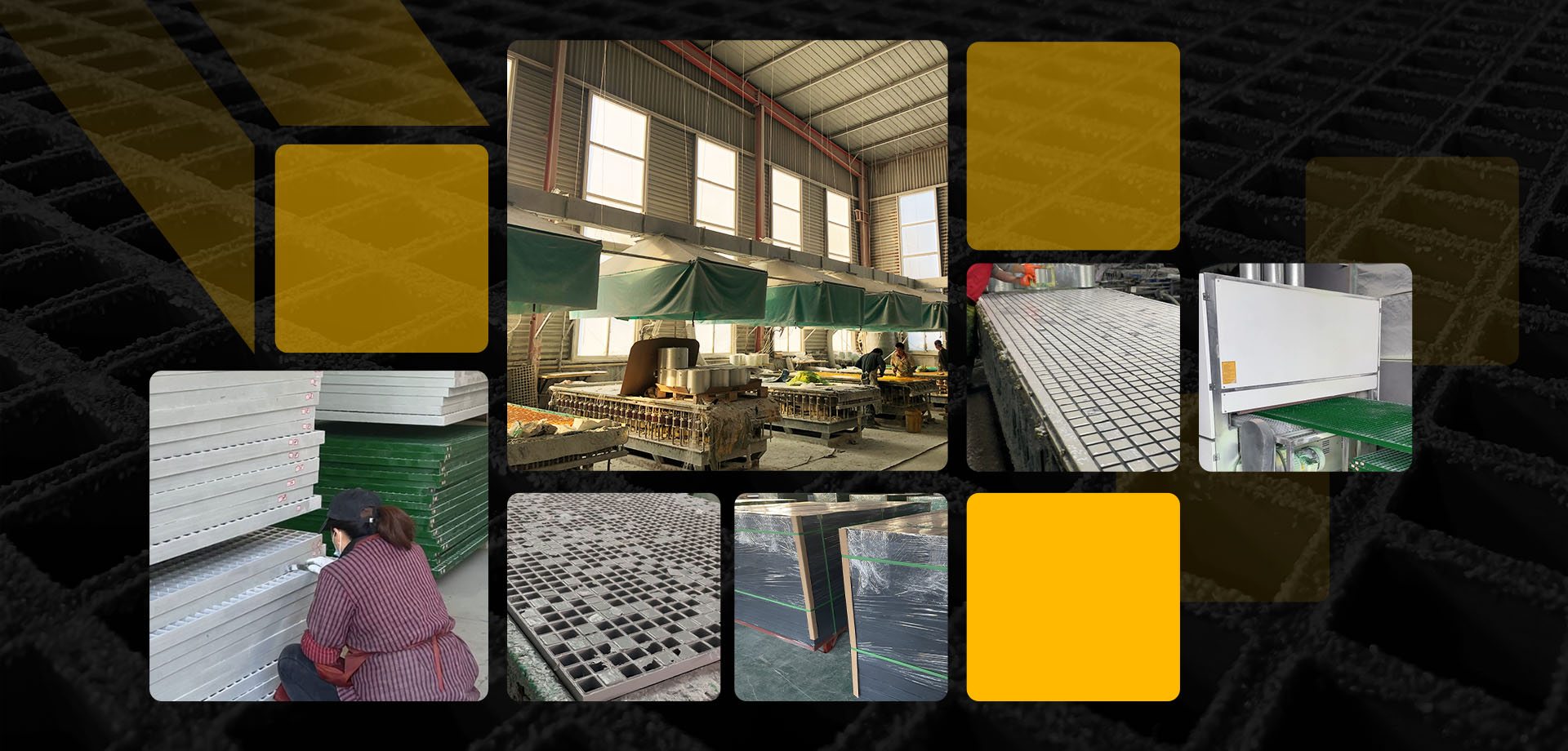loading...
- No. 9, Xingyuan South Street, Dongwaihuan Road, Zaoqiang County, Hengshui, Hebei, China
- admin@zjcomposites.com
- +86 15097380338
- Welcome to visit our website!
building a safe deck
Building a Safe Deck Essential Considerations
Creating a deck can significantly enhance your home’s outdoor living space while also increasing its value. However, safety must always be the paramount concern during its construction. A safe deck not only offers a space for relaxation and entertainment but also prevents accidents and injuries caused by structural failures. Below are essential considerations to ensure your deck is constructed safely and meets the necessary requirements.
1. Planning and Permits
Before you start building, check with your local building department for zoning laws and permit requirements. Regulations often dictate the size, height, and materials you can use for your deck. Obtaining the proper permits not only ensures compliance with local codes but also adds an extra layer of safety, as inspections are usually part of the permit process.
The choice of materials is critical for safety. Opt for high-quality, durable materials that can withstand the elements. Pressure-treated wood is commonly used for its resistance to rot and insects, but composite materials are also available and often require less maintenance. If using wood, ensure it’s rated for outdoor use and is free from defects. Additionally, all hardware, such as screws and brackets, should be made of rust-resistant materials to enhance longevity and safety.
3. Structural Integrity
A strong foundation is crucial for a safe deck. Ensure that the deck is built on a solid footing, typically concrete piers that extend below the frost line in colder regions. The framing should be sturdy, with beams and joists placed correctly according to the local building codes. Using the right size and spacing for these components is vital to prevent sagging or failure under load.
building a safe deck

4. Sturdy Railing Systems
If your deck is raised, a robust railing system is essential. The railing should be at least 36 inches high and designed with no gaps larger than 4 inches to prevent falls, especially for children. Ensure that the posts are properly anchored and that the railing is securely attached to withstand pressure and forces from leaning or pushing.
5. Safe Access
Safe access to the deck is critical. Ensure that steps are wide enough, have a non-slip finish, and are well-lit. If your deck is elevated, consider incorporating a proper staircase with handrails that match the railing on the deck to provide continuous support.
6. Regular Maintenance
Once your deck is constructed, regular maintenance is key to preserving its safety. Inspect the structure periodically for signs of wear, such as loose boards, rusted hardware, or rot. Clean debris from the surface and ensure that any stains or finishes used are reapplied as needed to protect the wood from moisture and UV damage.
Conclusion
Building a safe deck requires careful planning, quality materials, and adherence to local building codes. By focusing on structural integrity, proper safety features, and regular maintenance, homeowners can create a beautiful and functional outdoor space that is also safe for family and friends. Remember, a well-constructed deck not only enhances the beauty of your home but also serves as a safe haven for outdoor enjoyment for years to come.
-
Transform Your Spaces with FRP Grating SolutionsNewsNov.04,2024
-
The Versatility and Strength of FRP RodsNewsNov.04,2024
-
The Excellence of Fiberglass Water TanksNewsNov.04,2024
-
The Benefits of FRP Grating for Your ProjectsNewsNov.04,2024
-
Elevate Your Efficiency with FRP Pressure VesselsNewsNov.04,2024
-
Welcome to the World of FRP Pressure VesselsNewsOct.12,2024
-
Unveiling the Future of Filtration: Why FRP Filter Vessels are a Game ChangerNewsOct.12,2024
